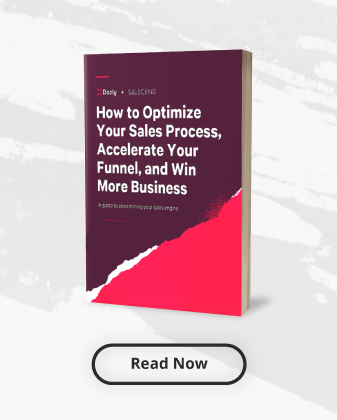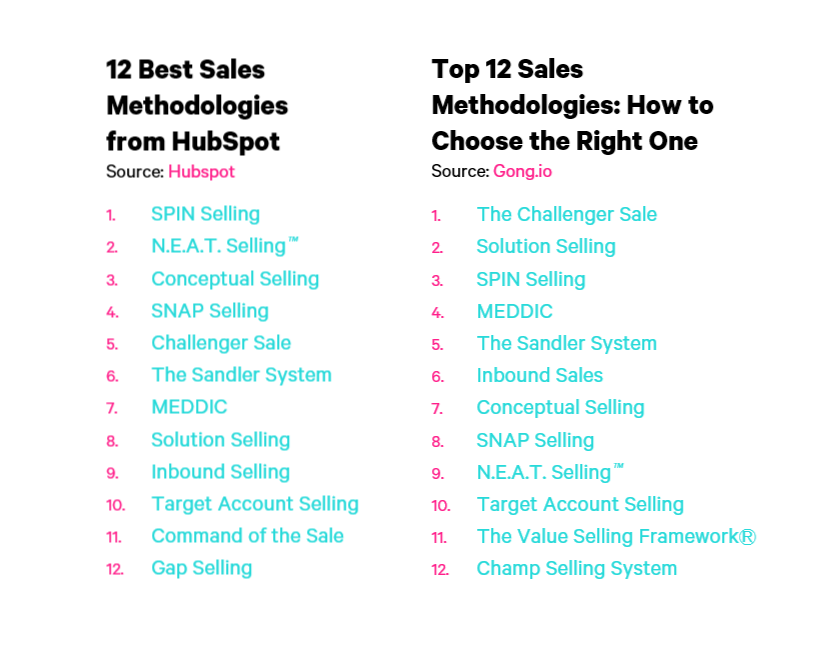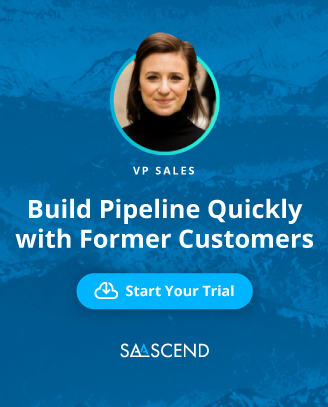Dooly and SaaScend teamed up to survey over 500 sales professionals about their sales processes, finding that 67% spend less than half of their day on selling. Which begs the question, how much more could your sales team be closing if their sales process was optimized? To help sales leaders identify what sales optimization techniques they might want to start with, Dooly and SaaScend created the guide, How to Optimize Your Sales Process, Accelerate Your Funnel, and Win More Business.
This article summarizes the proposed solutions in the guide sourced from industry research and experts such as Kris Hartvigsen, Founder & CEO of Dooly, Craig Jordan, Founder & CEO of SaaScend, and Scott Edmonds, CRO of Syncari.
Sales Optimization Step One:
Evaluate How You Sell
Our first two sales optimization techniques are focused on how sales reps are selling your product, specifically focusing on the way they listen to their prospect’s challenges and then align your product to them. Making your product a relevant must-have solution will accelerate sales cycles and increase win rates.
#1
Speak to your buyer’s pains.
Instead of speaking about your product and its features, make the conversation about your buyer and their challenges. How is your product going to solve their pains? How are those pains having a dramatic effect on their business?
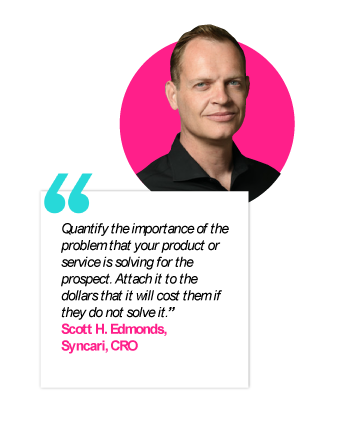
Coach your sales team to make sure that they are associating your offering with a pain that is having a great impact on the business. Champions on a deal will need to justify buying your product and to do so they will need to show how it is going to drive results for the business. Your product needs to be positioned as a “need to have” rather than a “nice to have”.
Scott Edmonds, CRO of Syncari advised on page 15, “Quantify the importance of the problem that your product or service is solving for the prospect. Attach it to the dollars that it will cost them if they do not solve it.”
#2
Don’t sell, consult.
“Consultative selling is all about strategically aligning with the prospect and taking the time to understand their pains.”
Building off of our first sales optimization technique, encourage your team to really understand the prospect’s challenges first, before diving into your solution. Have your reps repeat the prospect’s pains back to them to demonstrate they are making an effort to truly understand what their prospect is facing.
Consider using a sales methodology to help train your team on a framework for how they can listen to understand prospect challenges, qualify opportunities, and then demonstrate the impact that your product will have on the prospect’s pains.
According to the survey, 48% of sales teams are not trained on a sales methodology, but this can be extremely beneficial for sales optimization. Included is a list of the top 12 from HubSpot and Gong.io (fig. 1) as a resource to use for when you consider and evaluate your current sales methodology.
Figure 1, The Top 12 Sales Methodologies
Sales Improvement Step Two: Aligning with Buyers on Close Dates
If the majority of sales reps are spending less than half of their time actually selling, then how much of that time is getting prioritized on deals that are more likely to close, versus the ones that are not?
If a rep is hanging on to a deal that is likely to close in their mind, but in reality they should not be prioritizing it in the first place, then they are only going to waste their time which means less revenue for the business.
#3
Know when to let go of a deal.
Do you have indicators for your sales team to reference that would guide them to know when to let go of a deal? Aside from your Sales Qualified Lead criteria, what other factors can your team consider to know if the prospect is actually invested in signing with your business?
“Have a structure in place to spot the time wasters or zombies that will never actually pull the trigger to close deals.” (page 19)
If a rep has pushed out the close date of a deal multiple times, then it is one, only contributing to a bloated pipeline, but two, it could be a good indication that they may need to let go of the deal and prioritize their time on other prospects that are actually going to close.
#4
Commit, punt, or kill halfway
through the month.
Expanding on sales optimization #3, one technique you can do to encourage reps to evaluate the validity of deals in their pipeline is to ask them to commit, punt, or kill off their deals by the 15th of the month.
Halfway through the month, if the rep does not have a reason to believe that the deal will close by the end of the month to truly commit to it, then they need to either punt it, push out the close date to next month or kill it off. You should be privy to how often your sales team is pushing out their close dates. Everytime a close date is pushed out there should be a reason behind it. If a close date has been delayed one too many times, then it is time to evaluate if it needs to be killed off.
This sales optimization technique will not only help to prioritize the time of your sales team, but it will also help to foster a more accurate pipeline forecast. When there are two weeks left in the month, you will be able to identify the deals that are most likely to close.
Coach your team on what the leading indicators are that a deal is more likely to close than others and include it as a part of your overall forecasting education.
#5
Use mutual action plans
Mutual Action Plans enable sales reps to strategically align with their buyers on the actions that will need to take place and the timeframe they will need to happen throughout the buying cycle.
The plan should identify all the actions, who is responsible for each action, the due date of each action, the major milestones of the process, the close date, and the implementation or project kick-off date. It holds both parties accountable to fulfilling their end of the process, so that everyone’s time is respected, the contract is signed within the agreed upon timeframe, and the implementation or project kick-off date happens on time.
Using mutual action plans gives the sales rep an indication of how serious their prospect is. If they are hesitant to agree to a timeline, then there may not be enough urgency or buy-in from their decision makers to move forward. The rep then knows that they can focus their time on other prospects that are ready to commit to the buying process.
The plan standardizes the buying process and enables sales to align with the prospect on the close date, which also helps to foster a more accurate pipeline forecast.
Step Three: Executing Tactical Sales Optimization Techniques
Automation should be leveraged throughout the funnel, but vital areas are during transition stages as the lead moves from one to the next. What does the hand-off look like from department to department?
#6
Limit the amount of sales data entry.
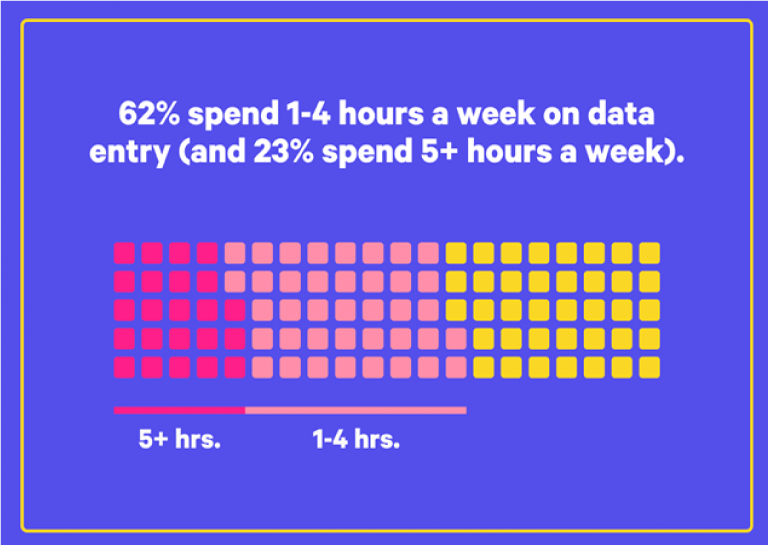
(Source: Dooly)
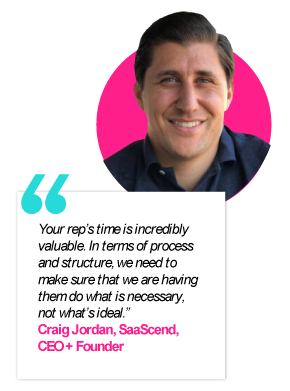
Of the 500 sales professionals surveyed, 62% spend 1 – 4 hours a week on data entry and 23% spend more than 5 hours a week. For a month that is 16 – 20 hours a week spent on data entry per sales rep.
The real question is, how much is sales data entry costing you?
If sales could spend less time on data entry, they would be able to spend more time actually selling and driving revenue for the business.
Go through and question the value of each piece of data that you are asking your salespeople for. Is the data actually being used? When you have the data, what are you doing with it?
Remove the nice-to-have data from the absolutely necessary. On a tactical level this could look like you meeting with your sales operations resource and going field by field to question the value of the data and whether or not it is needed. Categorizing the fields into a t-chart, one side being the “nice-to-have” and the other side, “absolutely necessary”. Then by the end, you can either remove all the “nice-to-haves” or keep some and create an automation that autofills that field based on other data.
#7
Automate more of your sales
process tasks.
Time spent on entering sales data in the CRM aside, how much time is your team spending on manual tasks that could be automated?
A typical example is proposal and contract creation. When done manually it could be taking your sales team anywhere from two to four hours per contract. If each sales rep has about 15 deals they are working per month, then that is potentially 60 hours a month they are spending on this manual sales process.
Collaborate with your sales operations resource to review the sales process. Consider having sales operations observe sales reps in their day-to-day tasks and interview them to see what is taking up their time. Your goal is to maximize their efficiency, so they can contribute at a higher level for the business.
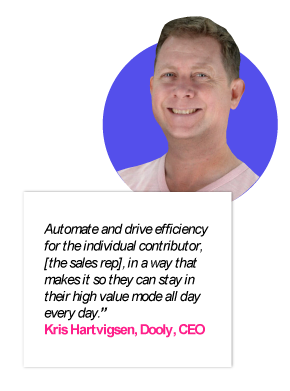
#8
Simplify your tech stack.
How many different sales technology systems does your team have to switch between during the sales process? Think about what happens when you log into just one system. You may misspell your password and have to re-enter it again. The system may prompt you to change your password. You may be prompted to provide a One Time Password, or an authorization code which requires you to check your phone or your email. That is all for just one system.
When complications happen for logging into a system, it becomes a distraction. It interrupts the salesperson’s high value work and makes them take a few minutes to get back to their original thought. Which is why, if you can simplify your tech stack and centralize your data as much as possible, so that sales is only having to log into their essential platforms to execute their processes, it can be a game-changing sales optimization and result in exponential efficiency gains.
To simplify your tech stack, go through your sales tech stack “with a red pen and be vicious.” (page 25) Ask yourself the below questions for each system.
❶ Is this system allowing our sales team to be more efficient and save time?
❷ Is this system allowing us to monitor performance and understand baselines?
❸ What is the level of usage and adoption for this system? Compare it to a 60% benchmark.
❹ Talk to your stakeholders and ask, do you know that this exists? Can you log into it? Is it a system that you cannot live without? If it was gone tomorrow, would it dramatically impact the performance of your work?
Remove what is not being used, not giving you data insights, and not contributing to greater sales efficiency.
The road to accomplish sales optimization does not happen overnight, but the first step is to evaluate your sales process and identify what is taking up your sales team’s time and keeping them from being as efficient as possible. Then you can establish what improvements could result in quick wins and which ones may be a larger initiative for high impact. Continue to review your sales process to see where you can advance, so that your sales team can get time back in their day to win more for the business.
CUSTOMER SUCCESS
EVP of Revenue, Miles Prowse, Maximizes His Time to 2x BurnRate’s Output

